Identify the empires by the colors (orange, purple, green).

Orange is the Ottoman, purple is the Safavid and the green is the Mughal Empire
Who is in this picture and what is he doing?
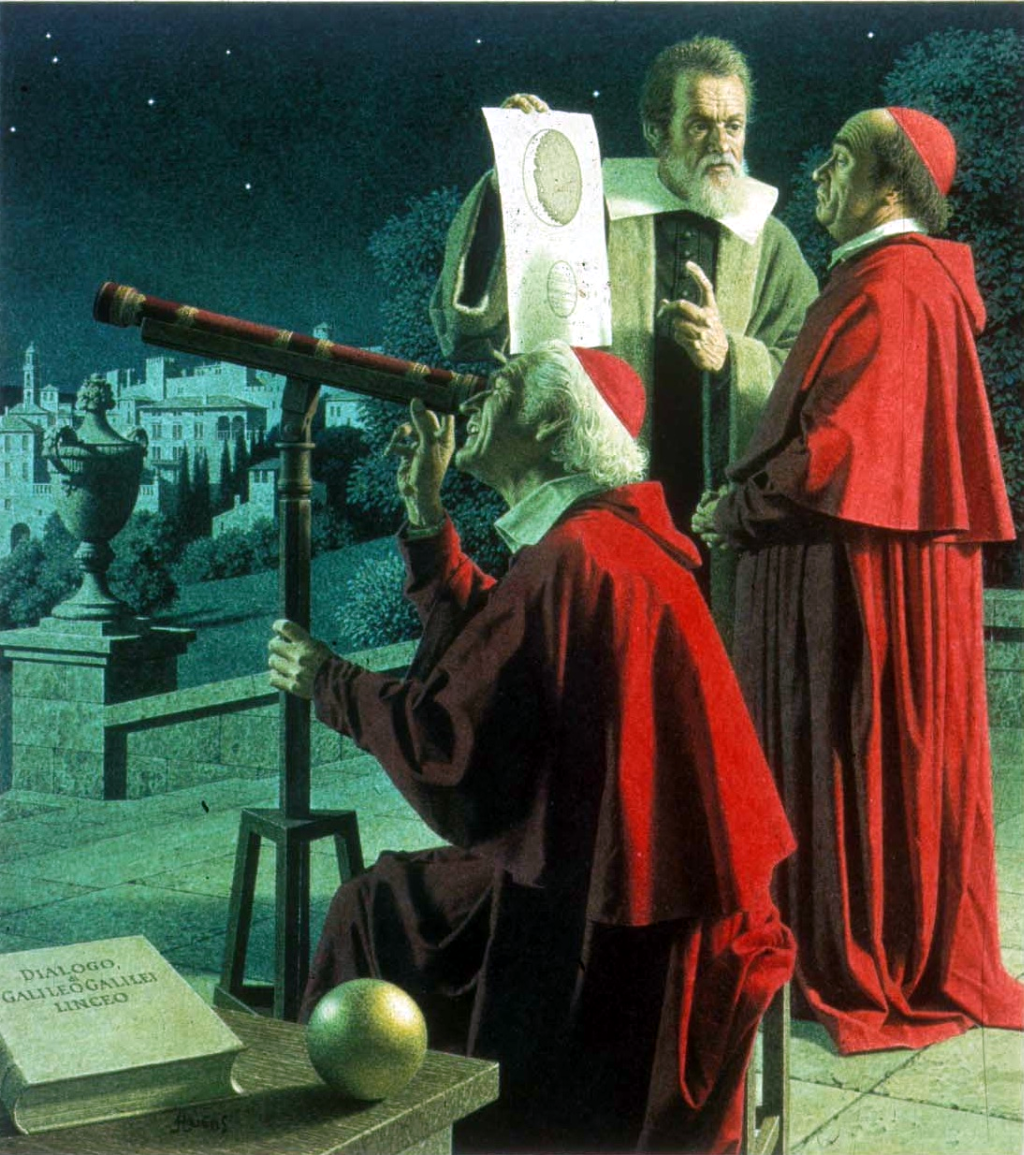
Galileo is trying to prove the heliocentric perspective to officials of the Catholic Church.
Who was the founder of the Tokugawa shogunate?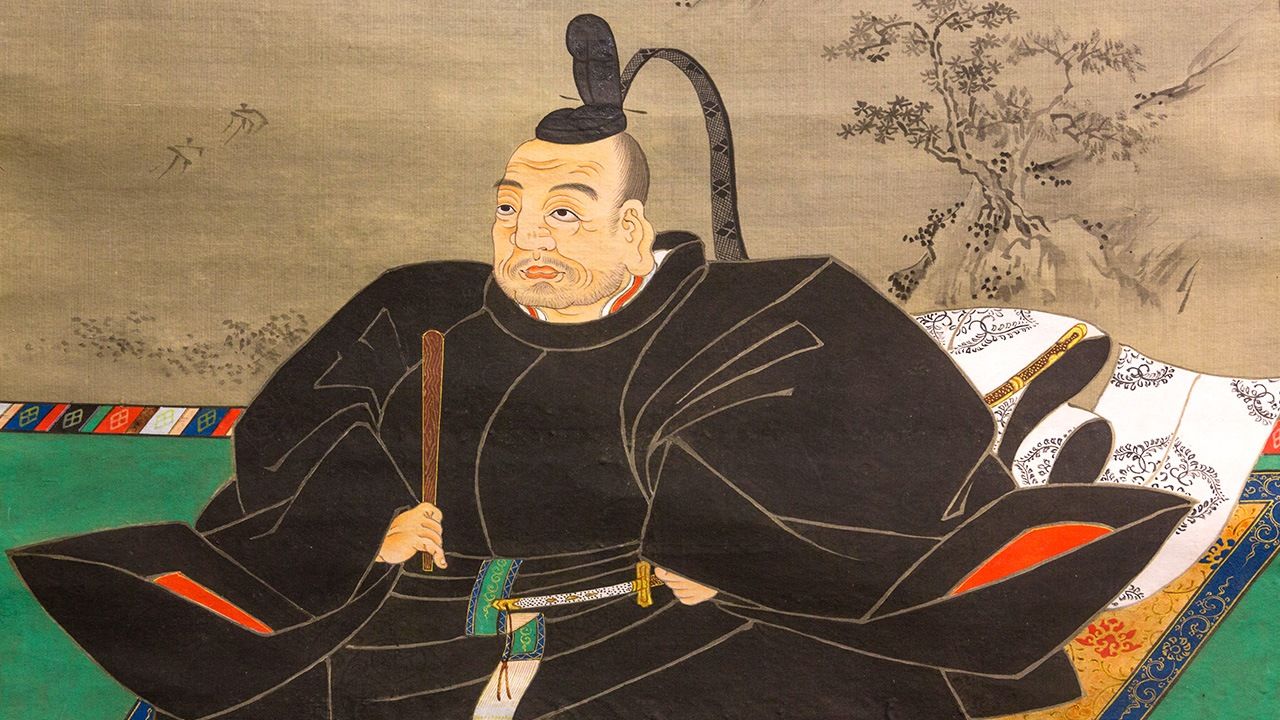
Tokugawa Ieyasu
Which philosopher argued that all men are born with right to life, liberty and property and that these rights are inalienable (meaning they can't be taken away or given up)?
John Locke
What were the three classes or "estates" in the old order / old regime, how much of the population did they make up, how much land did they own and how much did they pay in taxes?
First estate - clergy/church officials made up 1 percent of the population, owned 10 percent of the land
What was the devshirme?
To ensure their control over large areas, the Ottoman sultans used a selection system called devshirme to staff their military and their government. Begun in the late 14th century and expanded in the 15th and 16th centuries, Christian boys who were subjects of the empire were recruited by force to serve in the Ottoman government. Boys ages 8 to 20 were taken each year from conquered Christian lands.
Which individual argued that the planets follow elliptical orbits?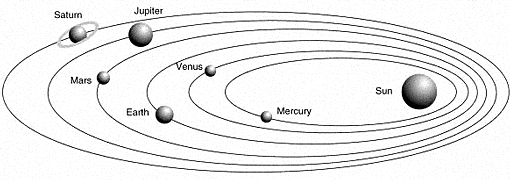
Johannes Kepler
How did Oda Nobunaga help to gradually unify Japan?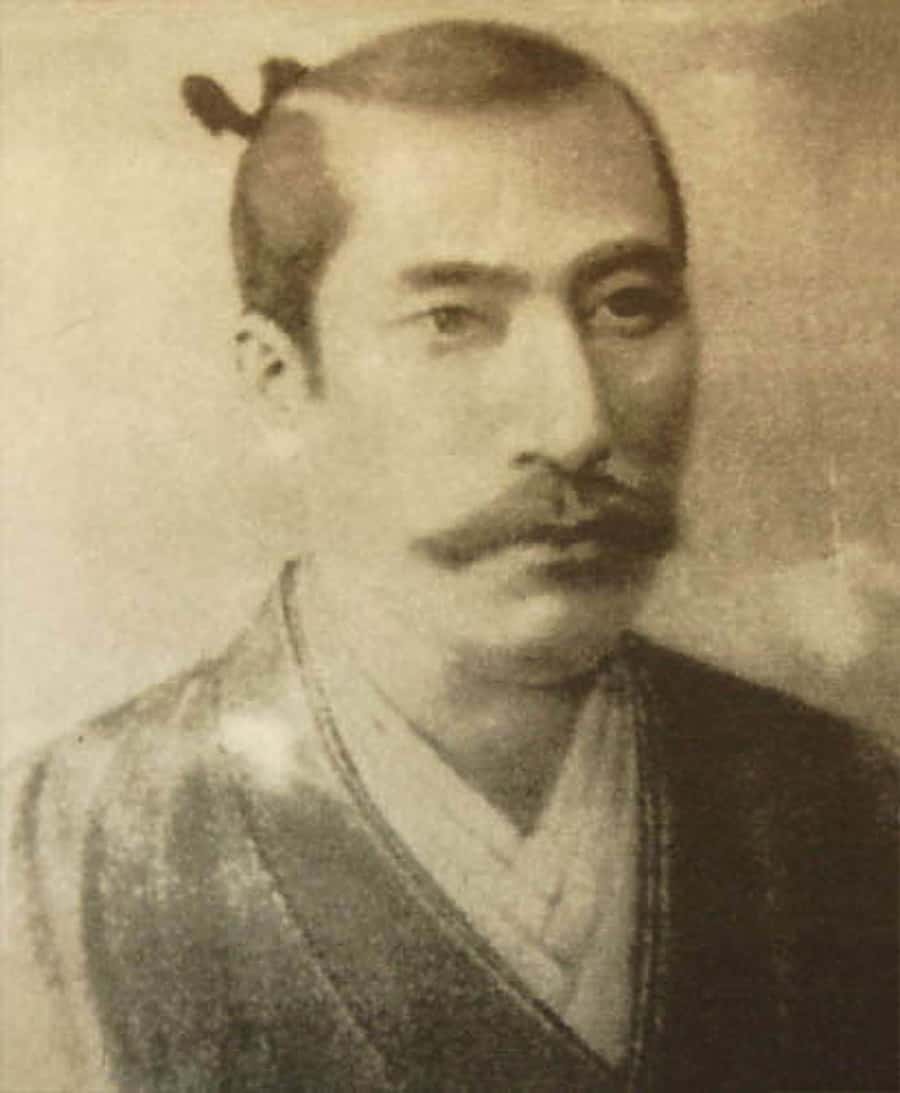
Armed with muskets purchased from Portuguese traders, Nobunaga and his samurai took over Kyoto in 1568. He then began to extend his power, forcing daimyo to the lands around Kyoto to submit. Nobunaga had unified about one-third of what is today Japan by the time he was assassinated in 1582.
Which political philosopher believed a good government had a separation of powers? What does this mean?
Montesquieu believed that if the same person controlled all branches of government, such a person would be a tyrant. Therefore, it was necessary that the powers of government were equally divided up amongst different people so that one single person had more power than any other.
What was the name of this building that was being destroyed? Why did the people destroy it?
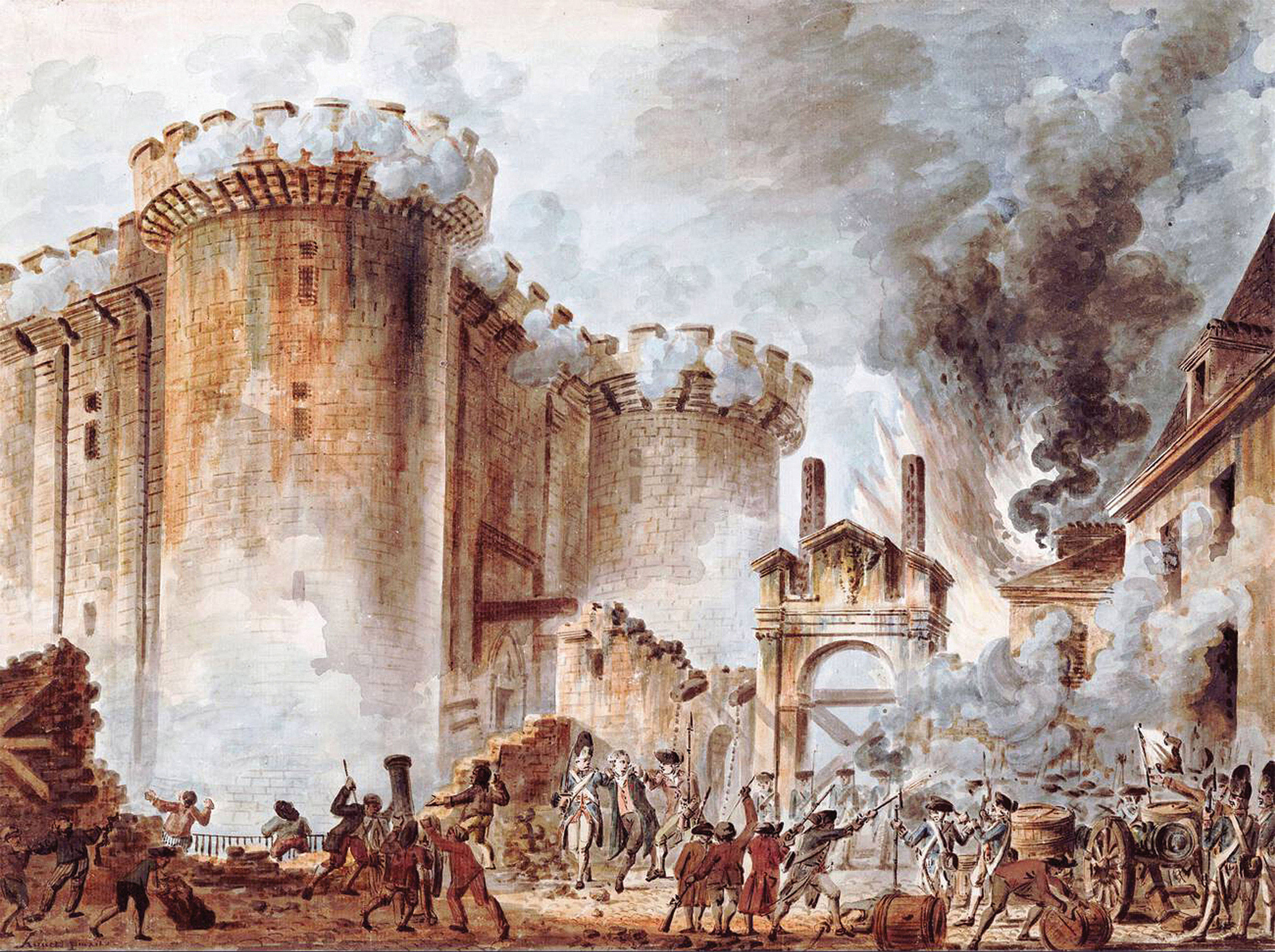
The Bastille was a prison for those who held views that the King disagreed with. Additionally it was an armory where the heavy artillery was stored.
Describe with specifics what's happening in this picture.
In 1453, Ottoman Sultan Mehmed II has used cannons to break through the walls protecting Constantinople.
Who discovered the universal law of gravitation?
Isaac Newton
What was Japan like before the Tokugawa Shogunate?
Conflict between the daimyo left Japan in disarray. Each daimyo had an army of samurai which they used to conquer more territory for themselves.
Was the Austrian ruler Joseph II an enlightened or unenlightened monarch? Identify some of his policies to support your answer
Joseph II was enlightened: This Austrian ruler abolished serfdom, supported public education, repealed the death penalty, established the principle of equal treatment, tolerated different religious groups.
What was the name of the phase in the French Revolution in which this device was used to kill anyone suspected of being disloyal to the Revolution?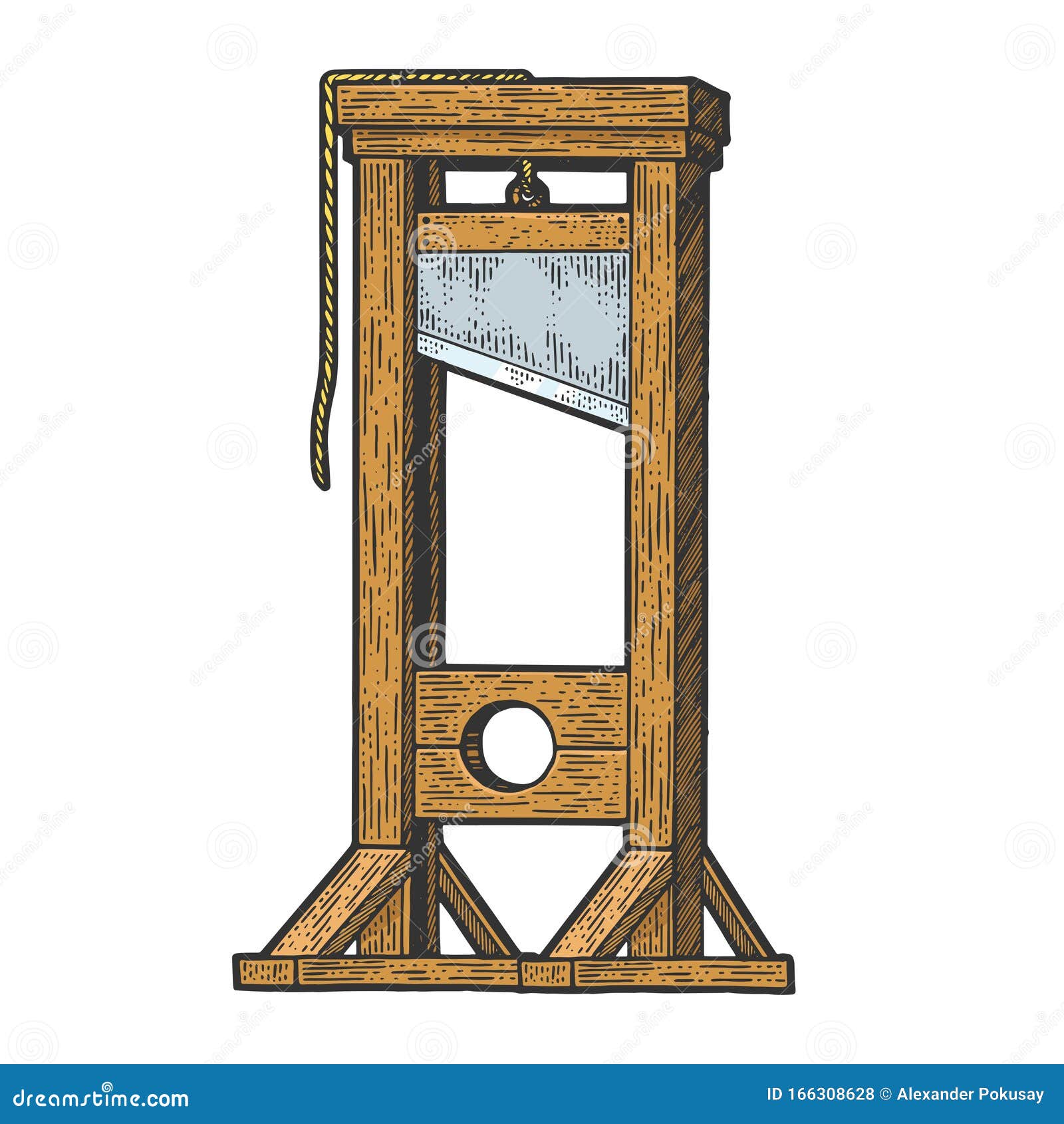
The Reign of Terror
What did the Safavid Shah Ismail and the Mughal ruler Aurangzeb do differently from all the other rulers of the Gunpowder empires?
They were both intolerant of the religions of those they ruled over. Shah Ismail imposed the Shiite faith on Sunnis and Aurangzeb was intolerant of Hindus.
Explain Isaac Newton's world-machine perspective.
Newton viewed all of the cosmos as one huge, regulated, and uniform machine that operated according to natural laws in absolute time, space, and motion.
How did the Tokugawa shogunate maintain centralized rule over Japan for the next two centuries bringing about the Period of Great Peace?
Whenever the daimyo were not in the capital, Edo, their family had to go and live there and be held as hostages. This would ensure the daimyo would never go against the shogunate while they were away.
Was Frederick II of Prussia an enlightened or unenlightened monarch? Identify a few of his policies to support your answer.
Frederick II was moderately enlightened. This Prussian ruler enlarged the Prussian army to 200,000, abolished the use of torture, granted limited freedom of speech, improved the lives of peasants by importing certain crops, but kept serfdom.
What was the Continental System that Napoleon implemented and did it work?
To defeat Britain, Napoleon created the Continental System between 1806-1808 prohibiting any European country under French control from importing British goods. This did not work because Spain and Russia continued to import British goods.
What is this building, who built it, and why? Which empire?

The Taj Mahal was built by the Mughal ruler Shah Jahan as a mausoleum for his wife Mumtaz Mahal who died giving birth to their fourteenth child.
Who said "I think, therefore, I am"? What did he mean by this?
Rene Descartes believed that he could be certain of his existence because he was aware of his own doubts and thoughts. This led to the idea of rationalism - the idea that the reasoning mind could be trusted more than the senses.
What was the social hierarchy like in Japan before the Tokugawa shogunate? How might that have been impacted after the Tokugawa came to power?
Before the Tokugawa shogunate the Emperor ruled in name only, the shogun (military commander) held more power, the daimyo (heads of the noble landowning families) ruled over different lands, and used samurai to protect their lands, as well as peasants to farm it while the merchants were at the bottom of the social hierarchy since they were viewed as not contributing to the state. After the Tokugawa came to power, the merchants still were looked down upon but became extremely wealthy, while the samurai had less of a societal role and declining incomes.
Was Catherine the Great an enlightened or unenlightened monarch? Identify some of her policies to support your answer.
Catherine the Great was an unenlightened ruler. This ruler of Russia exempted the nobles from having to pay any taxes and expanded the size of Russia acquiring half of Poland's territory. Her policies further put the peasants into poverty and she suppressed their rebellion.
He was enlightened because he granted legal equality amongst men under his code of laws, the nobility and clergy lost their special privileges, and implemented a meritocracy in the government.
He was unenlightened because he shut down newspapers, had government police opening mail, women did not have legal equality with men under the Napoleonic code.